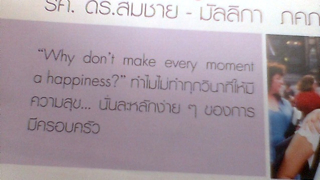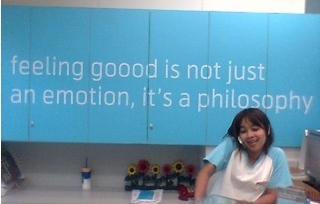Two months ago, in an entry titled, “The Look On Your Face,” this blog described a $2.7 million grant for an intervention program designed to help save children from lifelong emotional problems by helping youngsters ages 3-5 to read facial expressions.
Just as reading facial expressions is important, so is recognizing and expressing one’s feelings. It’s all part of becoming emotionally aware.
A page in the web site for Sesame Street says, “Expressing feelings opens up a whole new world. Children who understand their feelings have a way of coping with both positive and difficult situations. They feel more empathy for others and are better able to cooperate and to learn from them. Giving your child a vocabulary for his feelings sets the stage for a very deep level of learning.”
Frank Mannarino of emoshuns.com says, “That’s the key: providing and teaching the vocabulary of emotions!”
Tom Drummond of North Seattle Community College published a >vocabulary of emotions that was downloadable as a .pdf file from the web site for Portland State University.
The Journal of the National Association for the Education of Young Children published an article in November 2006, “Teaching Children a Vocabulary for Emotions.” The authors, Lise Fox and Harper Lentini, describe a number of fun activities to teach children a vocabulary for emotions.
In 2001, the Journal of the Imagination in Language Learning and Teaching published an article, “The Emotions: A Vocabulary before Language.” The authors, John E. Lennon and Paul F. Barbato, describe how child therapists can enter into the world of child’s play to help children talk about feelings. “Helping them to separate feelings of frustration from feelings of anger, and feelings of disappointment from loneliness aids in the process of getting a handle on being vulnerable and out of control.”
In his 2006 book, “Healthy Anger,” author Bernard Golden wrote (see page 112), “The more you provide children with appropriate vocabulary and concepts to discuss anger and help them make distinctions among emotions, the more sensitive they can be to the complexity of emotional life.”
The Sesame Street web site lists five ways you can help children express their emotions.
The importance of becoming (more) emotionally aware, including the ability to (better) recognize and express one’s feelings, is not limited to children. To become more emotionally aware is to become more emotionally mature and emotionally healthy.

